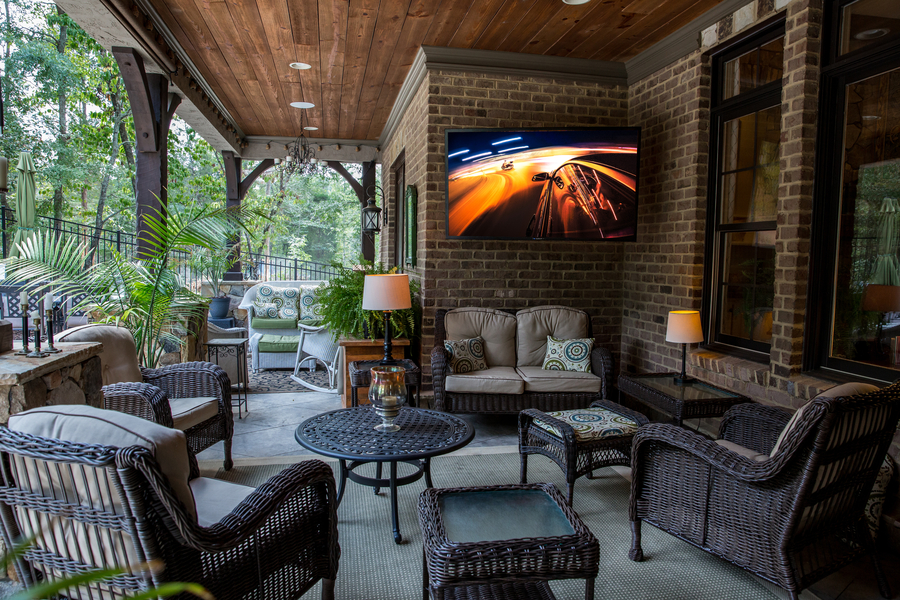Highlighting the Influence of Lighting Circumstances on Motion Identification Accuracy and Dependability
Highlighting the Influence of Lighting Circumstances on Motion Identification Accuracy and Dependability
Blog Article
Lighting conditions have a crucial role in how well we can detect motion. Motion detection is a critical component of different technologies, such as surveillance cameras, automated illumination systems, and also some video games. Comprehending the ways different lighting environments affect our capacity to perceive movement can help improve the development and effectiveness of these systems. For instance, inadequate illumination might lead to missed movements or incorrect alerts, while optimal lighting can enhance the precision of motion detection systems.
In bright lighting environments, movement detection is generally more reliable. When there is sufficient light, sensors and cameras can obtain clearer images, which assists in recognizing moving objects. Well-lit environments allow for better contrast between the moving element and the background. This differentiation is essential for both visual observers and automated technologies, as it makes it simpler to distinguish between static and dynamic objects in a scene. Thus, making sure that spaces are adequately illuminated can greatly improve the effectiveness of movement detection technologies.
On the other hand, low-light environments can present difficulties for movement detection. In dim settings, darkness can hide dynamic elements, making them hard to perceive. Additionally, the human eye faces challenges to perceive motion browse this site in low light, which can lead to misunderstanding of what is happening in the environment. Cameras might also encounter challenges, as many do not function well in dim conditions without the use of infrared capabilities or alternative improvements. These limitations highlight the significance of adequate illumination in settings where motion detection is essential.
Additionally, different kinds of illumination can have different impacts on movement detection. For instance, neon lights can flicker, which can confuse motion detection technologies that depend on consistent illumination input. On the contrary, see it here daylight provides a steady form of illumination that improves visibility. Understanding these variations in lighting conditions can guide operators in choosing the most suitable lighting for specific uses, especially in surveillance and safety scenarios.
In conclusion, the connection between lighting conditions and movement detection accuracy is significant. By ensuring that environments are suitably illuminated, we can improve the dependability of motion detection technologies. This understanding not only benefits technological applications but also enhances security and safety in multiple environments. As further advancements are made in movement detection technology, considering lighting conditions will remain a vital factor in enhancing effectiveness and guaranteeing that these technologies function effectively in different conditions.